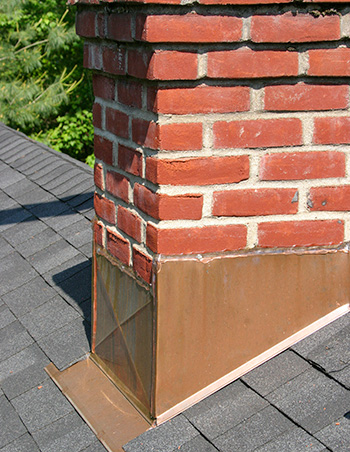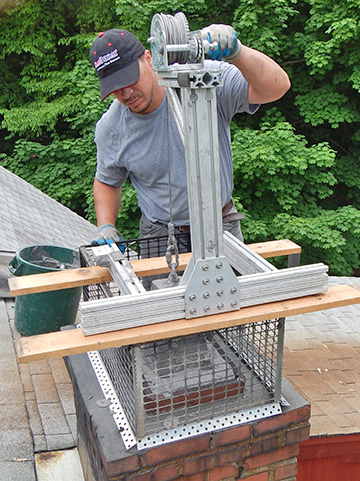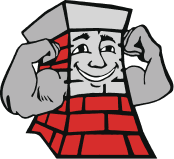Finding and Repairing Chimney Leaks
 Over time, all constructed objects deteriorate. That includes chimneys. Spotting a crumbling chimney isn’t hard, but detecting the early stages of leaking isn’t always easy. If you see actual leaking in your chimney, contact a professional chimney sweep or repair service immediately. If it’s been a while since you’ve had a thorough chimney and fireplace inspection, it’s possible a leak that you don’t know about is just starting and might result in serious problems. Here’s how leaks happen.
Over time, all constructed objects deteriorate. That includes chimneys. Spotting a crumbling chimney isn’t hard, but detecting the early stages of leaking isn’t always easy. If you see actual leaking in your chimney, contact a professional chimney sweep or repair service immediately. If it’s been a while since you’ve had a thorough chimney and fireplace inspection, it’s possible a leak that you don’t know about is just starting and might result in serious problems. Here’s how leaks happen.
Compromise in the Chimney Crown. This is the area of cement that surrounds the top of the chimney. It’s a common place where leaks happen. Over the years, the mortar can begin to crack, which allows rain water to seep into the fireplace. When it rains, look for water in the firebox. Keep in mind that there’s no set course for leaking water to run, so there could be rain damage in adjacent areas within the walls of the home.
Mortar joint issues. When mortar joints deteriorate, water can easily get through, and just because you don’t visually detect moisture doesn’t mean there’s no trouble. Water that comes in because of a compromise in a mortar joint might run into a likewise compromised brick and go who-knows-where after that. “Invisible” water can spread to many places you wouldn’t think it could.
Flashing leaks. It doesn’t take that much of a hole or tear in the chimney flashing to allow a surprising amount of water to penetrate your home. If you suspect there’s some kind of leak, when you inspect the flashing, inspect it very well, because it’s easy to miss a tiny hole.
Problems with shingles. Any shingled area of a roof can eventually be the source of a leak. If you’ve noticed water in your fireplace, shingles are the least likely reason for it, but if you’re not finding answers elsewhere in an inspection, pay attention to the shingles. The problem may be solved with just a few replacement pieces.
 Most homeowners can perform basic chimney inspections on their own and often find where a leak is starting. In some cases, the inspection needs to be handled by an experienced technician who has the tools and training to pinpoint obscure leaks. If you do it yourself, it will pay to brush up on chimney construction and the materials used in your specific chimney and roof. Be extra careful when climbing on the roof, especially if you’re not used to doing it.
Most homeowners can perform basic chimney inspections on their own and often find where a leak is starting. In some cases, the inspection needs to be handled by an experienced technician who has the tools and training to pinpoint obscure leaks. If you do it yourself, it will pay to brush up on chimney construction and the materials used in your specific chimney and roof. Be extra careful when climbing on the roof, especially if you’re not used to doing it.
In the majority of cases where a leaking problem has been spotted, a chimney sweep is your best bet. Remember that it’s not only the water you can see that could be an issue, but it’s the water that may be seeping into many other adjacent areas and could wind up creating a very expensive – and dangerous – problem in the future.
If it’s time for a thorough chimney inspection, the certified experts at Northeastern Chimney of West Hartford are ready to help. Give us a call at (860) 233-5770, and tell us what’s happening. We’re glad to answer your questions and arrange an appointment.


